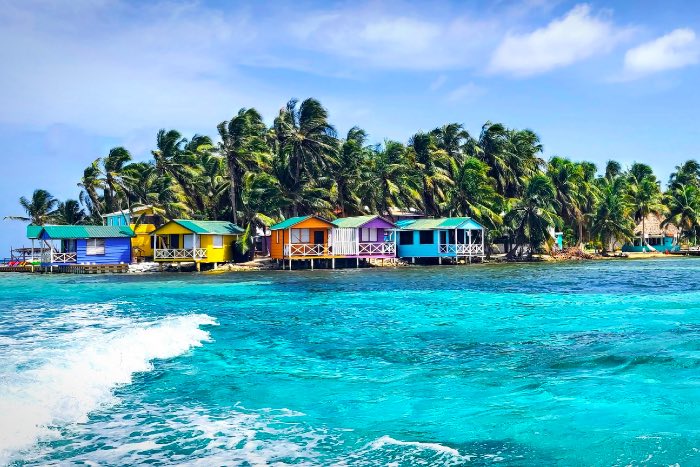
Paraguay: Eco-Leadership
Immerse yourself in applied conservation action in the forgotten heart of South America.
Course Overview
Discover Paraguay, a hidden gem in the heart of South America, and explore its extraordinary and understudied ecosystems. This remarkable country is a biodiversity hotspot, home to the critically endangered Upper Paraná Atlantic Forest and a stunning array of wildlife. Imagine spotting a hooded capuchin monkey or hearing the distinct call of a black and gold howler monkey, or catching a glimpse of the endemic Pilar tuco-tuco. With over 720 species of birds, Paraguay offers an unparalleled opportunity to witness unique fauna thriving in rare habitats.
Despite its natural riches, Paraguay faces pressure from industrial agriculture and cattle ranching. As the world's fourth-largest soybean exporter, the country's economic growth often comes at the expense of its fragile ecosystems. However, a new generation of eco-leaders is rising to the challenge. This program partners with Para La Tierra (PLT), a grassroots conservation non-profit founded by a Dragonfly graduate, dedicated to protecting Paraguay's habitats through scientific research, education, and community engagement. You'll gain a diverse set of skills essential for effective eco-leadership, from assessing wildlife populations to developing public exhibits and fostering local ingenuity.
 *** If you're interested in Paraguay: Eco-Leadership for Summer 2026, let us know by completing this short form. Note: This is not the EE application/course request form. Visit our Apply webpage for application instructions for the GFP or to take an Earth Expeditions stand-alone course. Current Dragonfly students' summer requests should be submitted using the form sent via email.
*** If you're interested in Paraguay: Eco-Leadership for Summer 2026, let us know by completing this short form. Note: This is not the EE application/course request form. Visit our Apply webpage for application instructions for the GFP or to take an Earth Expeditions stand-alone course. Current Dragonfly students' summer requests should be submitted using the form sent via email.
Course Details |
|
|
In-Person Travel Dates |
July 12-21, 2026 Arrive at least one day before and depart the day after the course ends. |
|
Full course dates |
April to August online |
|
Course-specific themes |
-Collaborative leadership practices and non-profit management -Natural history of Paraguay -Primate field methods -Indigenous communities and the social and political aspects of conservation -Public engagement in science |
|
Eligibility |
This course is open to first-year GFP master’s students, as well as any interested current students, or can be taken as a standalone course. An undergraduate degree is required. *Miami U. undergraduates with Graduate School permission may also apply. |
|
Physical requirements |
Walking and hiking some days of the course at a slow to moderate pace; temperatures vary with cool nights and warm days |
|
Lodging |
Large dorm style and also smaller 2 person rooms are all used during this course; shared bathrooms; mattresses on floor + shared bathrooms at field site (2 nights of course) |
|
Course credits |
5 master's graduate credits or 7 CEUs (continuing education credits) can be earned |
|
Course costs (Includes meals, water (extra snacks and drinks not included), lodging, activities (optional activities not included), course transportation, and park entrance fees) (For additional information, go to our Program Costs page.) |
There are two options to take this course: 1) Earn 5 graduate credits: All participants cover their own transport to Ascuncion, Paraguay (airport code: ASU) |
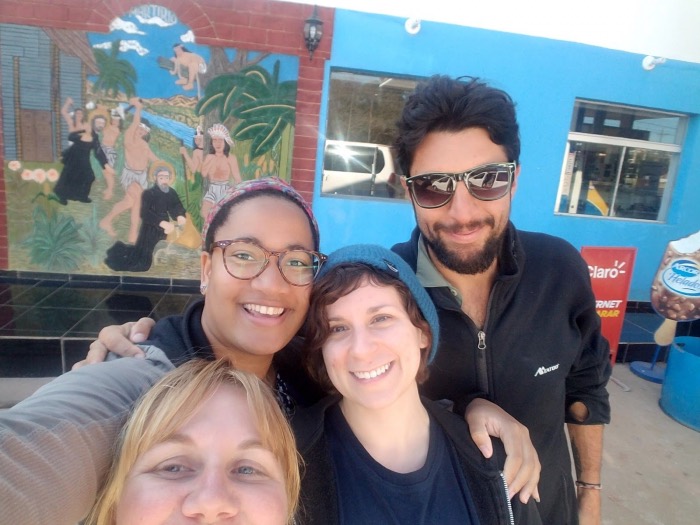
Planned Sites
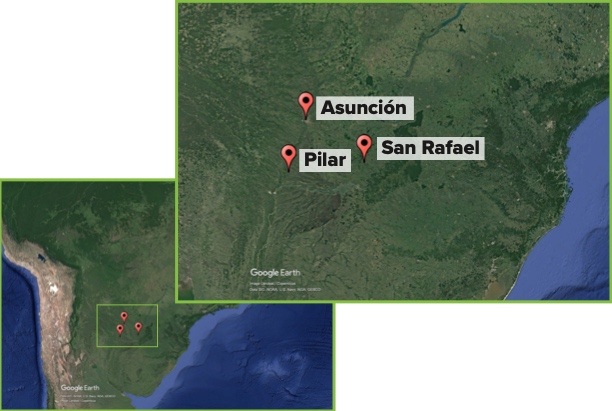 Asunción
Asunción
Students will fly into Asunción, the capital of Paraguay and a historic South American city. Here, shaded streets and local squares, where Guaraní vendors sell exquisite needlework and hand-crafted leather, exist alongside more industrial zones and upscale malls. Asunción is the transportation hub of Paraguay and a gateway to the country’s diverse biological and cultural landscapes.
San Rafael (Nueva Gambach and PRO COSARA)
Located in Eastern Paraguay, San Rafael is the country’s largest remaining fragment of the once extensive Atlantic Forest. Still under threat from agriculture development among other threats, the region is critically important for conservation in South America. This biodiversity hotspot boasts more than 430 species of bird – 60% of all the birds registered in Paraguay are found in this expansive forest reserve. Para La Tierra’s primate team studies the hooded capuchin monkey and works with several rural Paraguayan and indigenous Mbya Guaraní communities surrounding the forest.
Pilar
Also known as ‘The City of Birds,’ Pilar is a quaint town on the coast of the mighty Paraguay River. Surrounded by a network of marshes, streams, and lakes, there is a deep tradition of nature appreciation in this area. Howler monkeys coexist with people in the city, using power-lines and rooftops to travel from fruit tree to fruit tree in the city’s squares and plazas. Pilar is also home to Para La Tierra’s Center for Investigation, Development, Environmental Education and Leadership (Centro IDEAL). In addition to wildlife research, the Center oversees a community-wide program that engages children in the conservation of local forest and wetland ecosystems.
Paraguay Course Photos
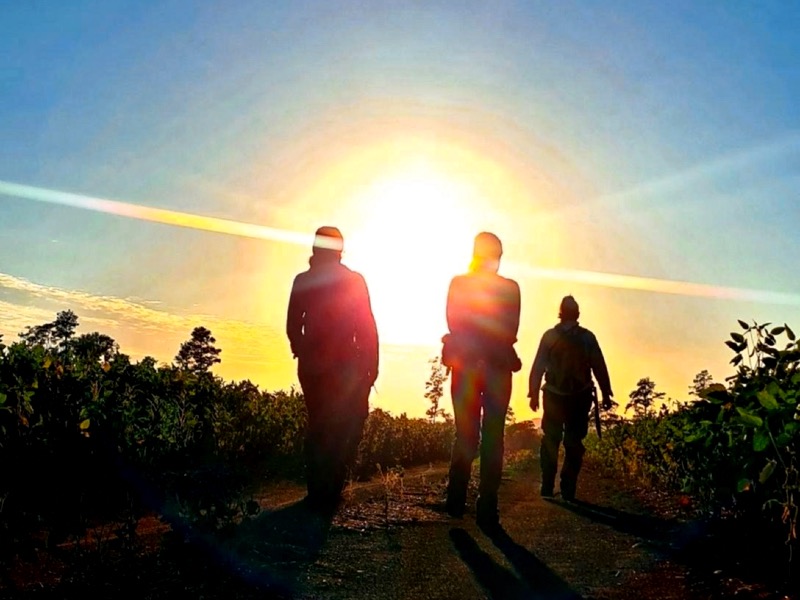
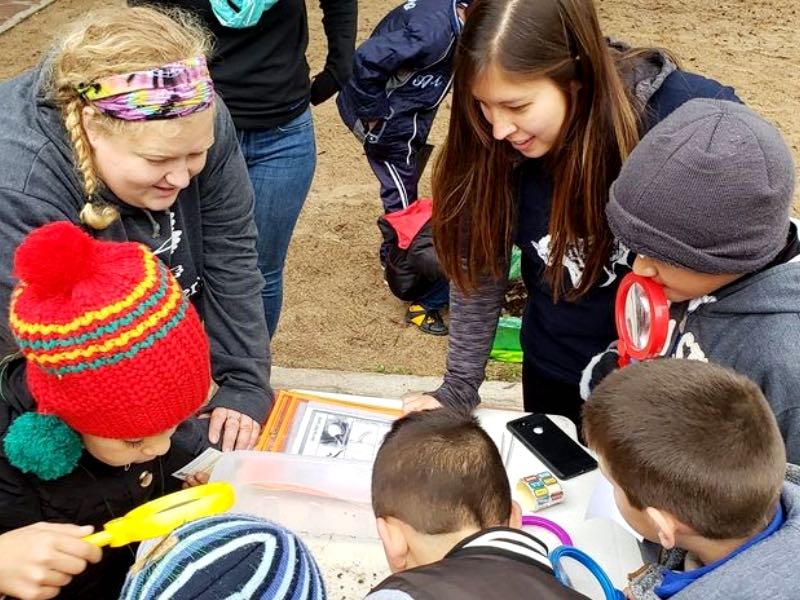
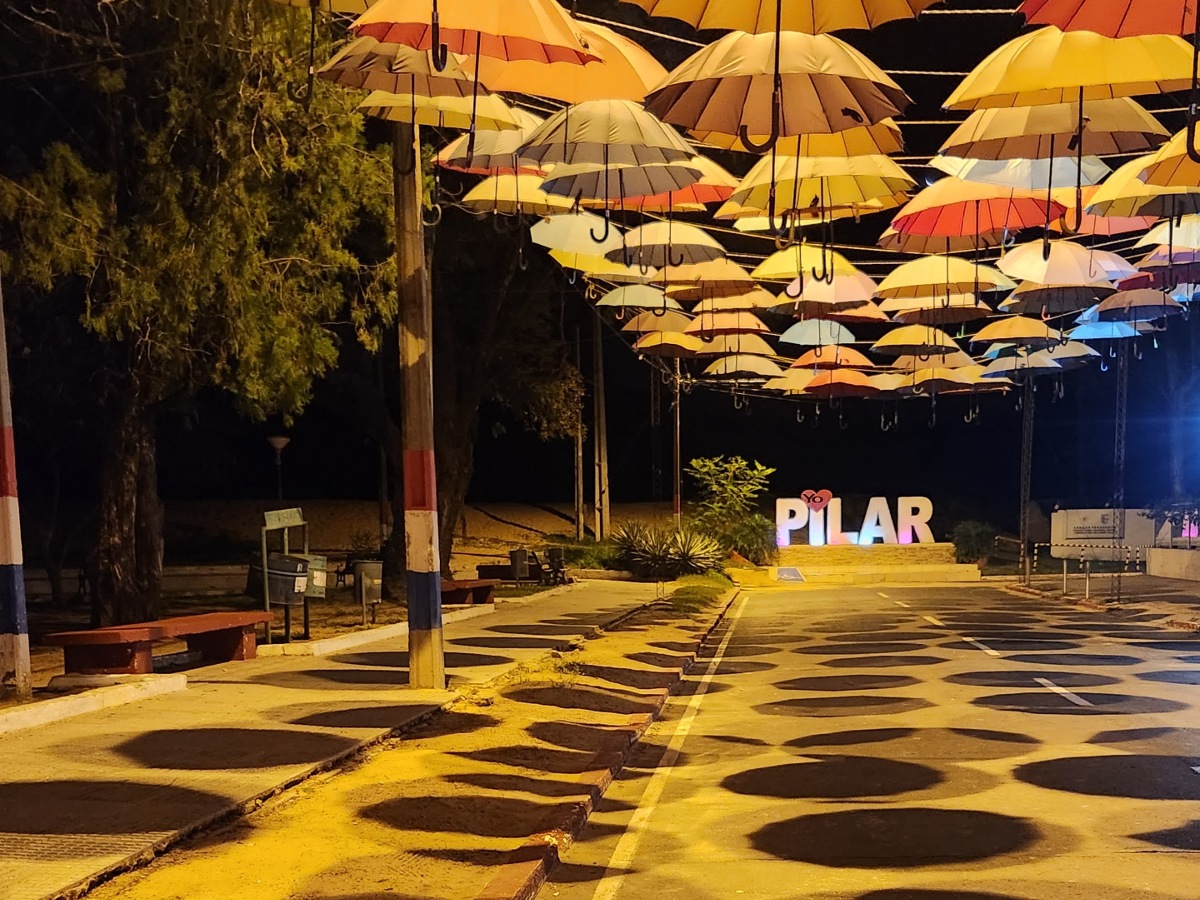
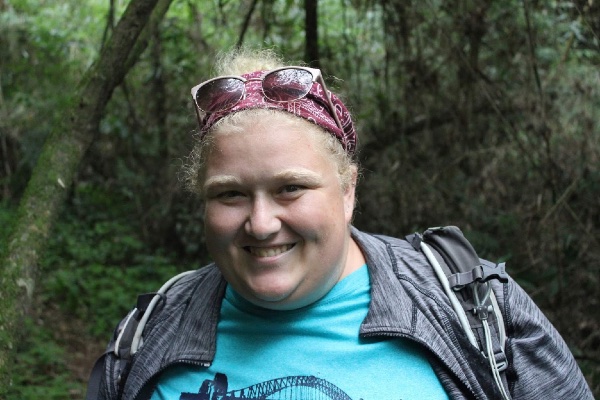
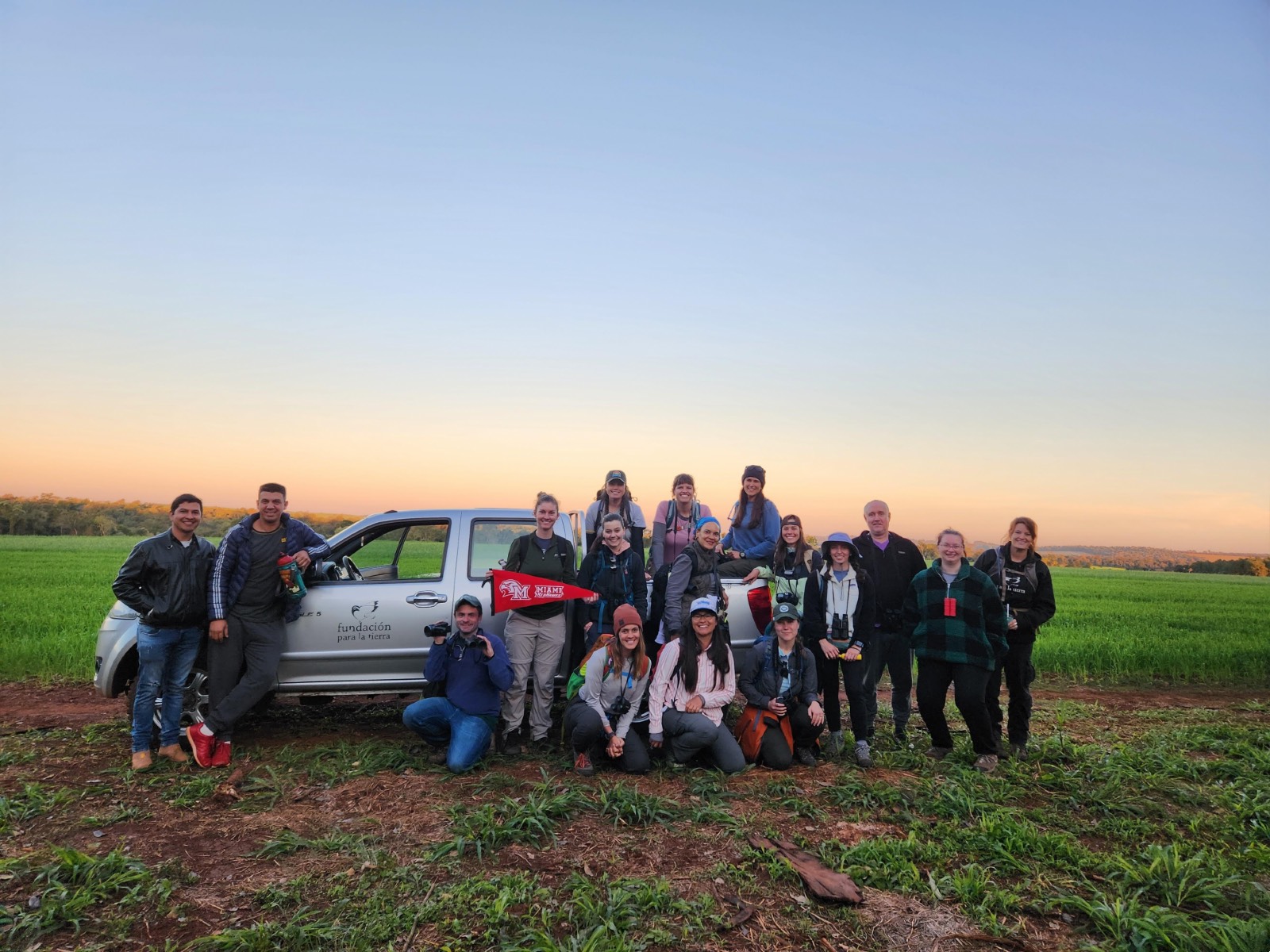
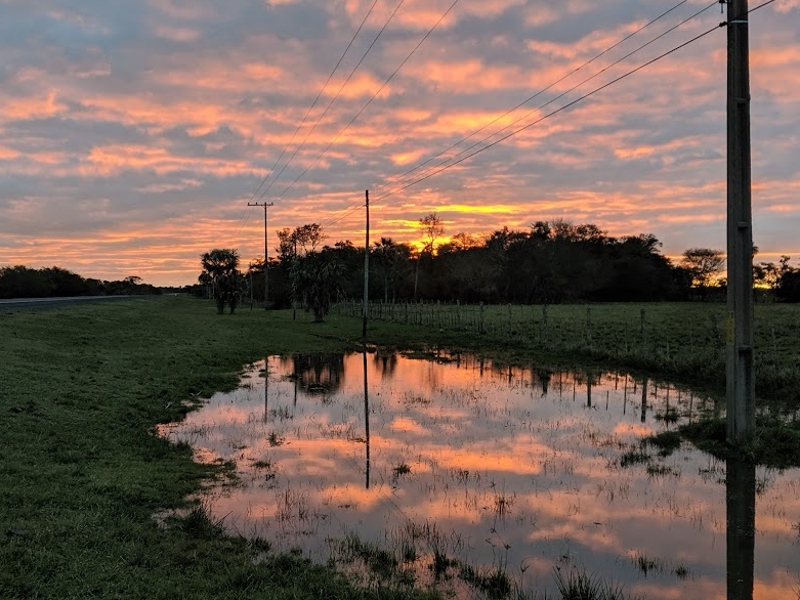
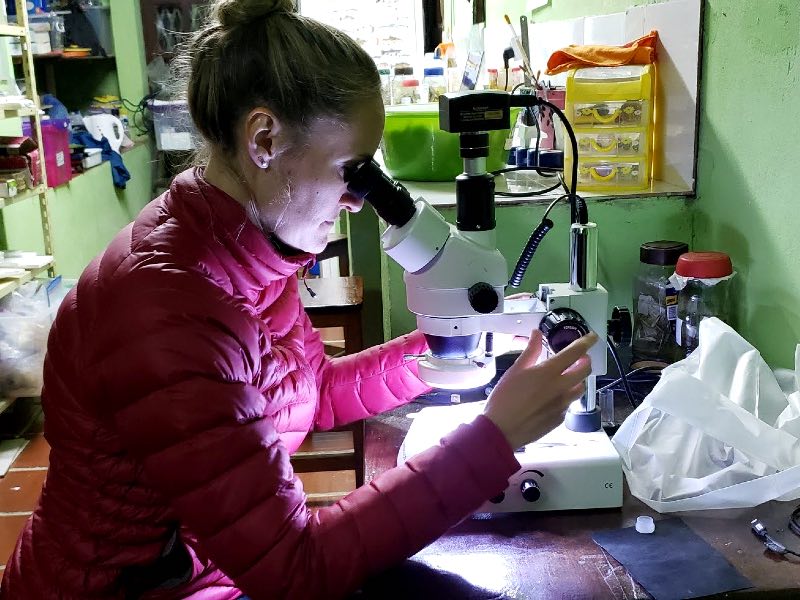
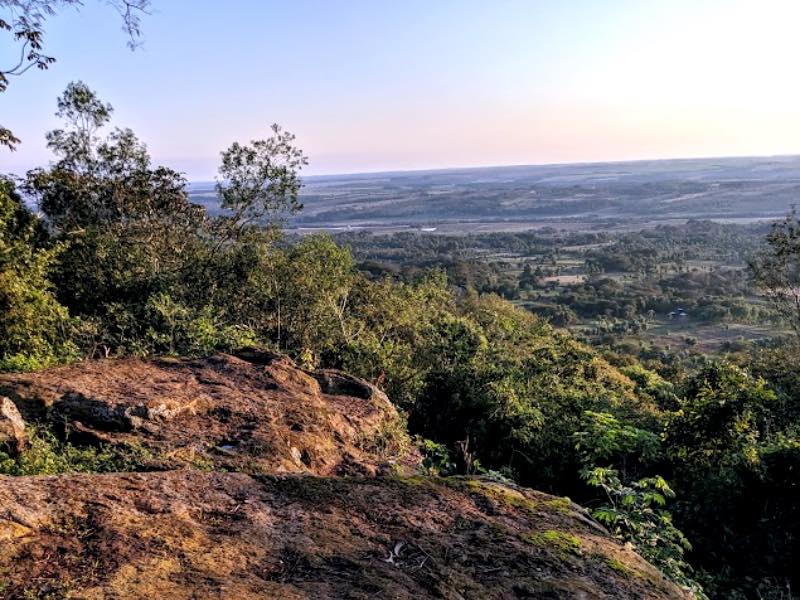
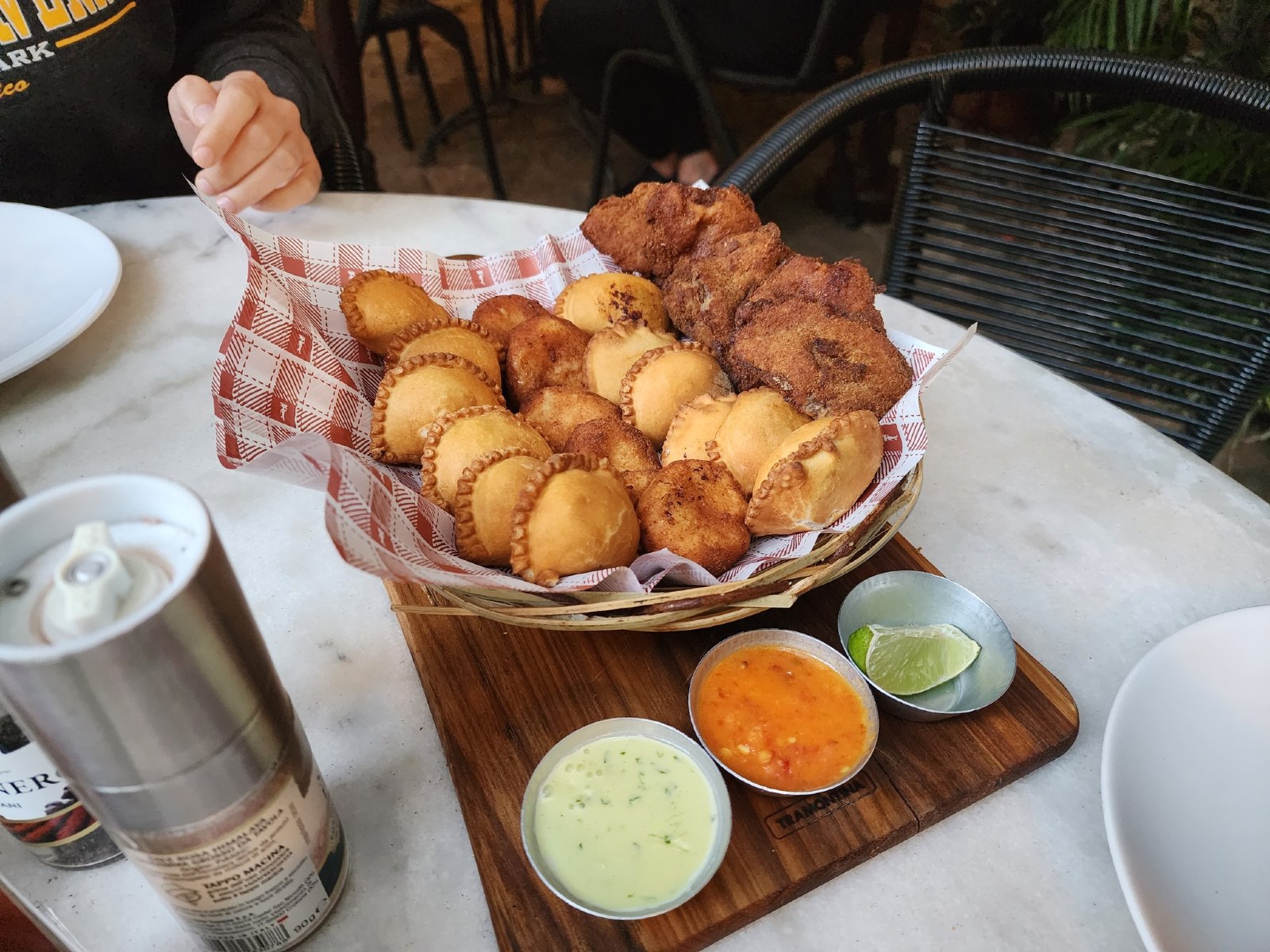
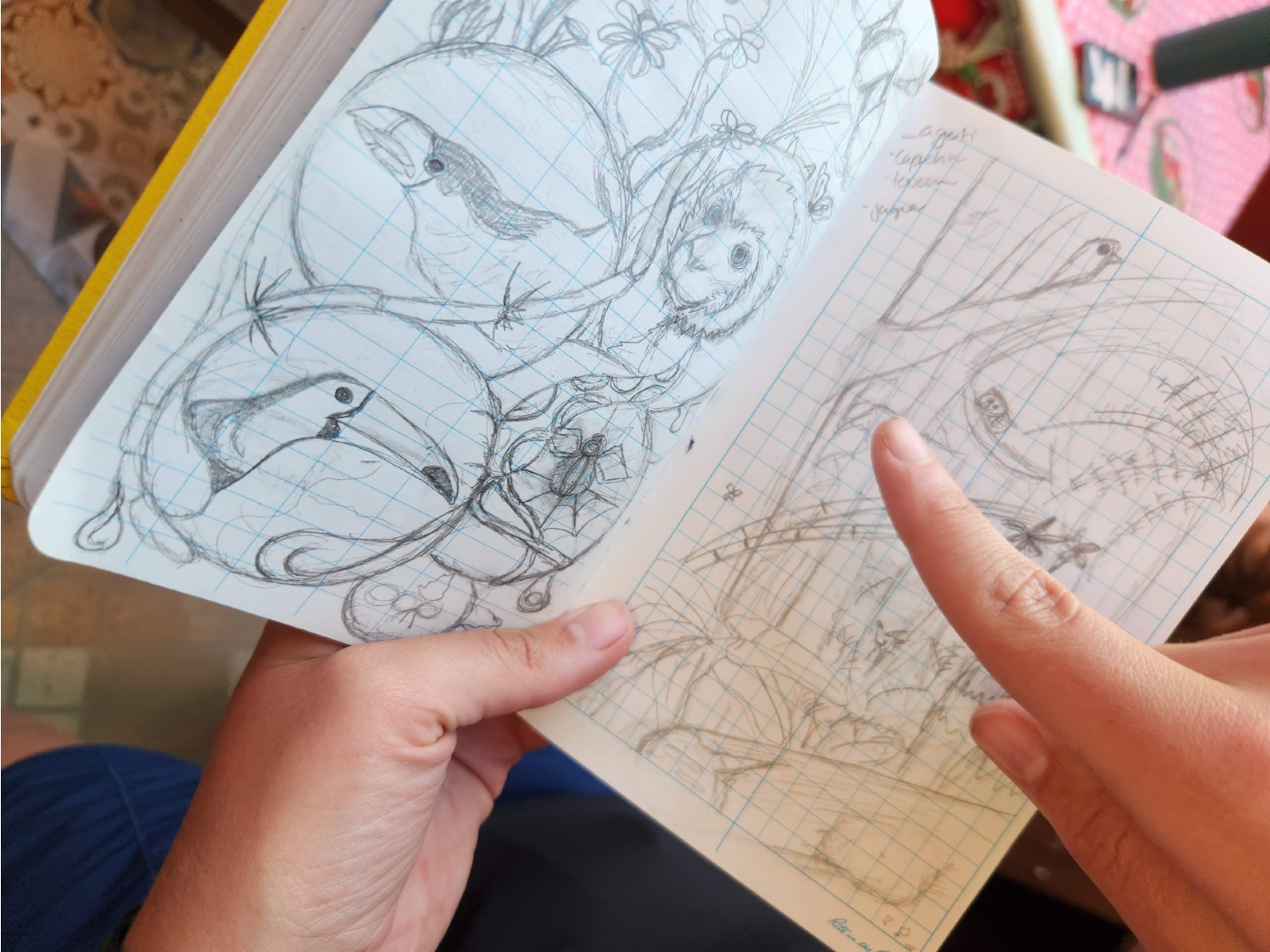
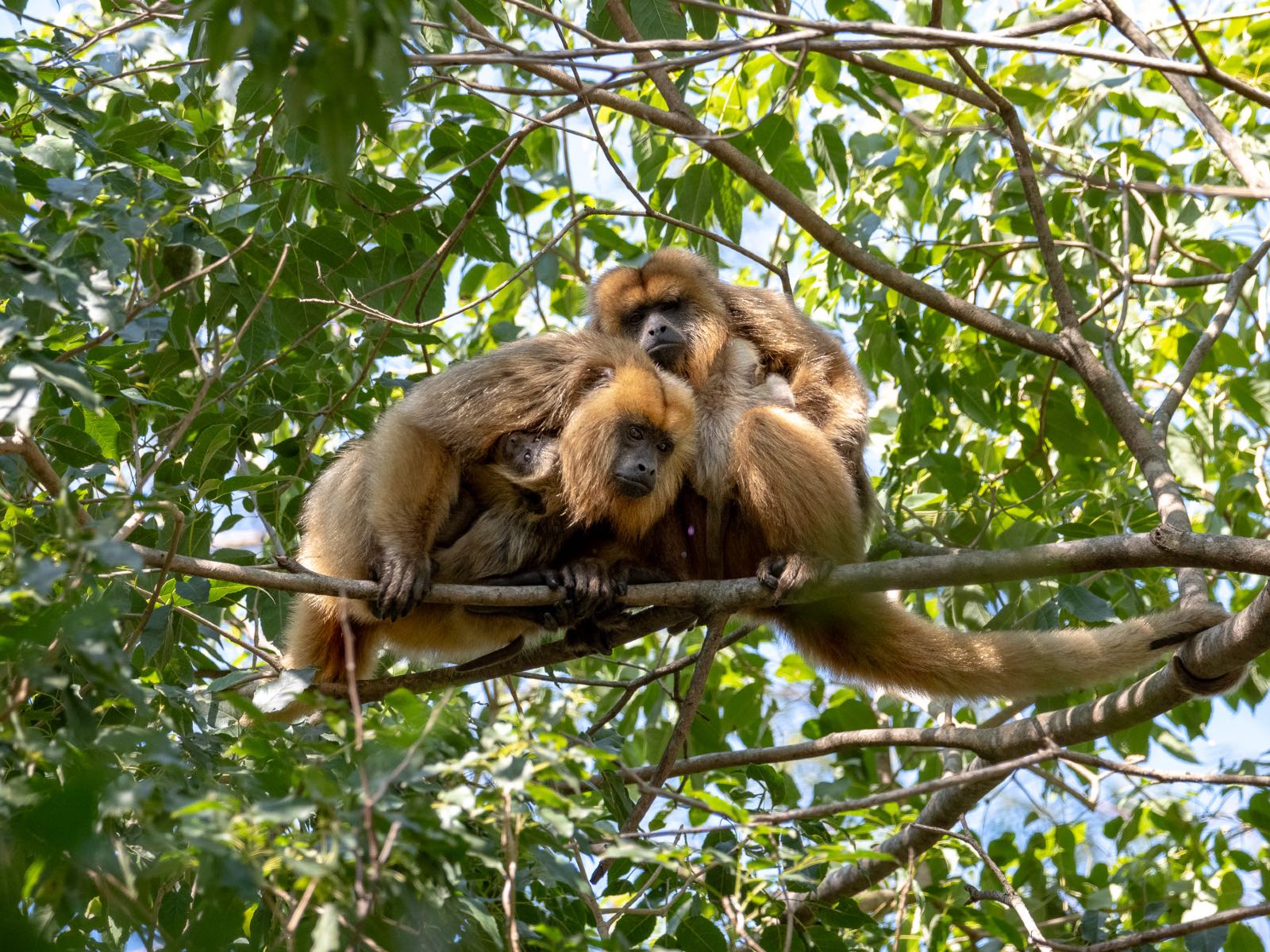
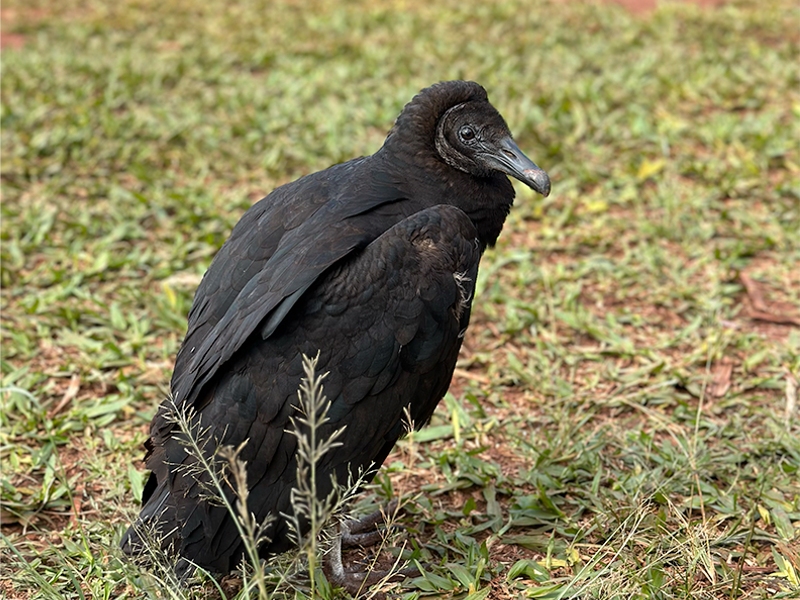
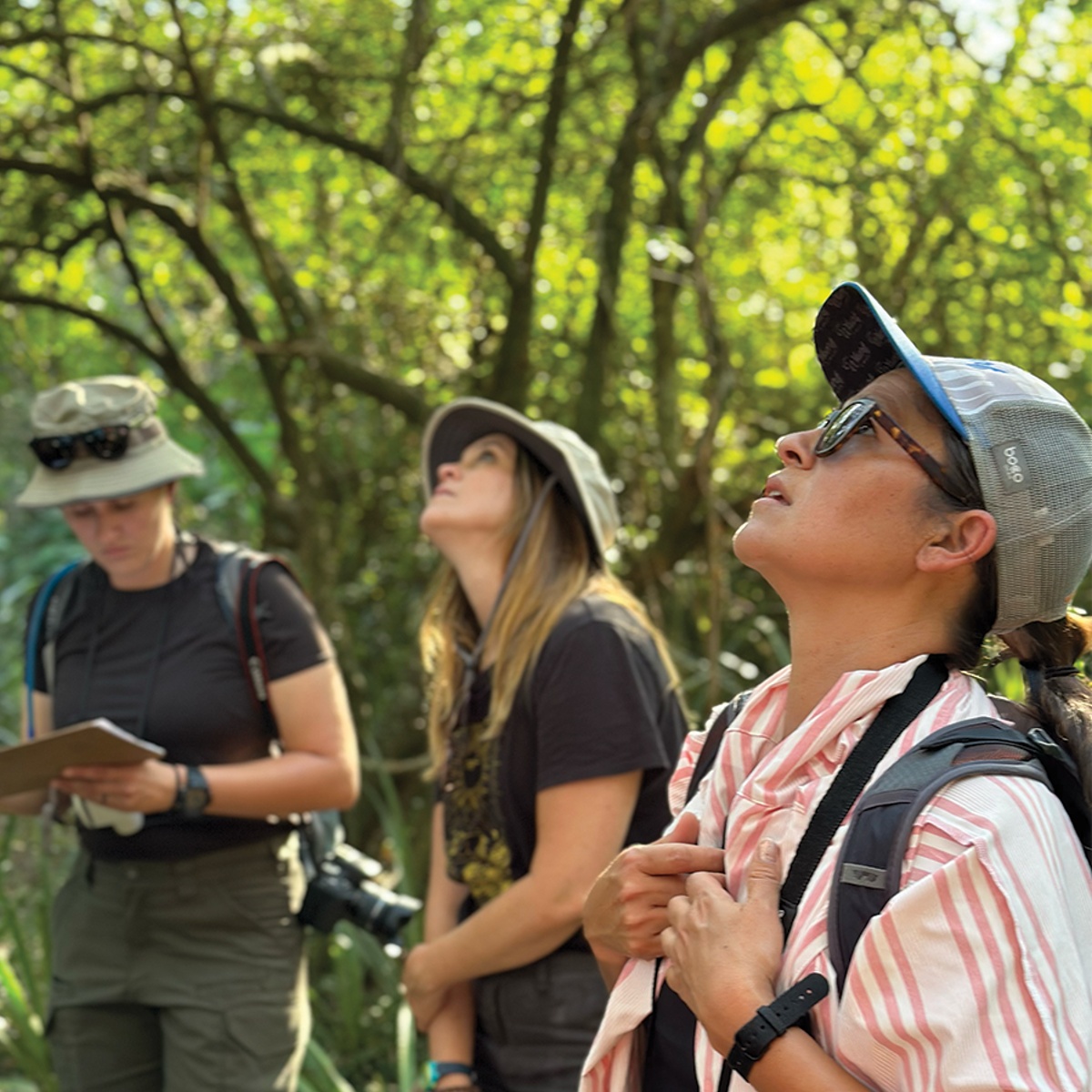

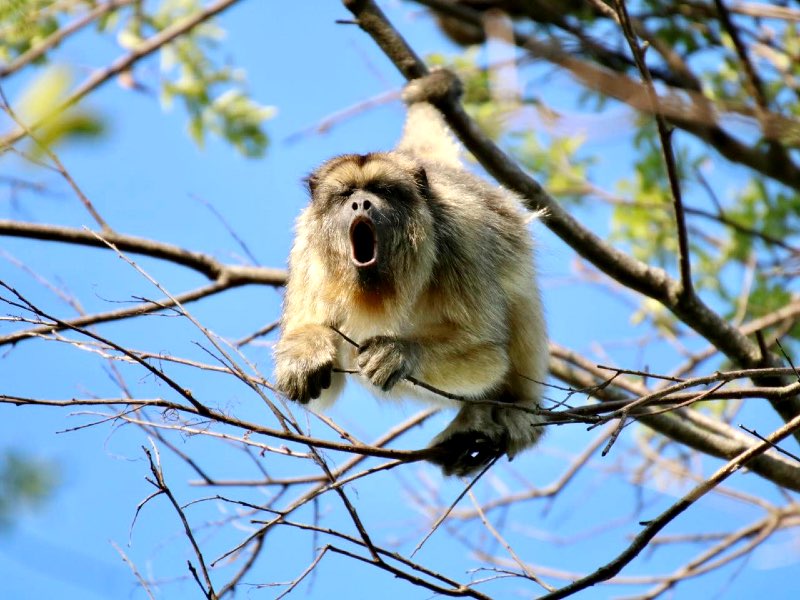
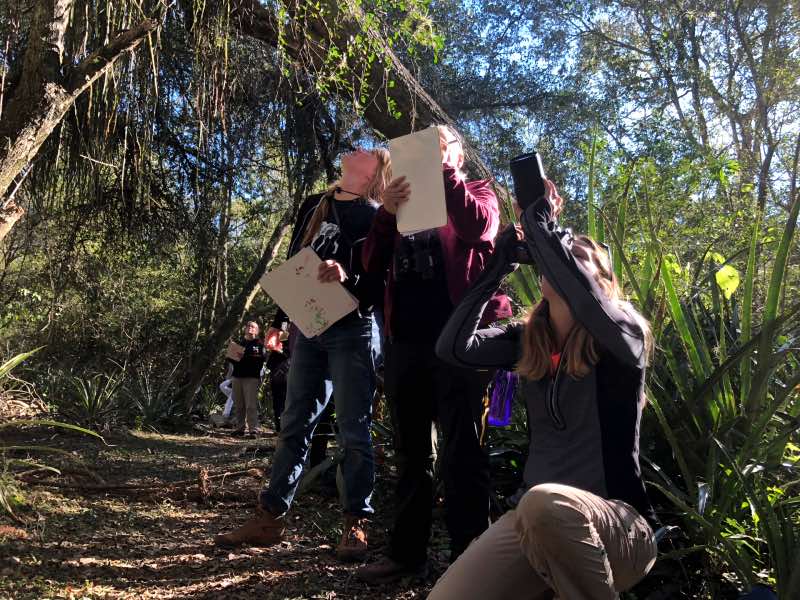
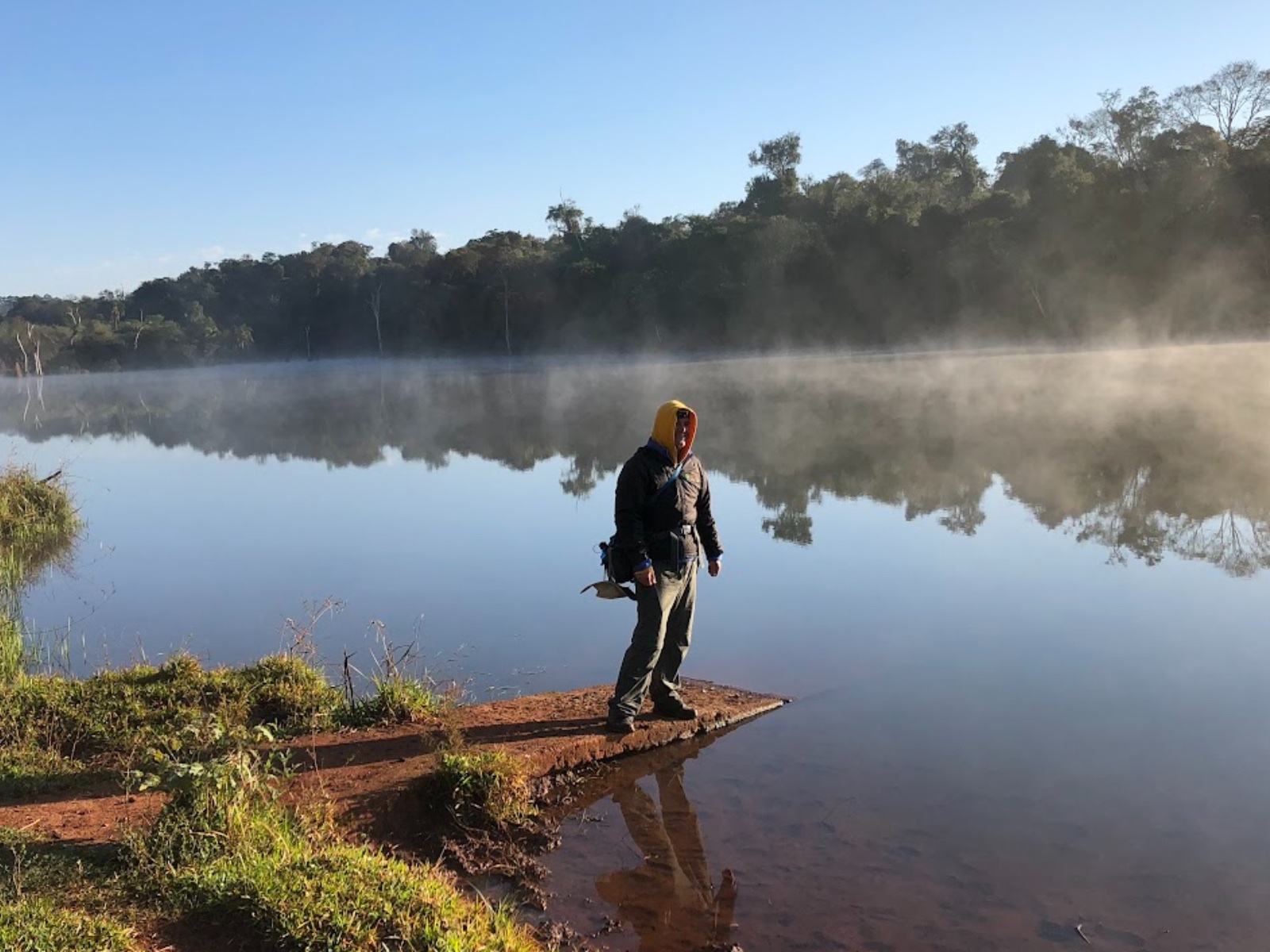
Inside Earth Expeditions
Recorded October 23, 2024, covering Australia, India, Paraguay, Thailand.
Want to know more about Dragonfly's global+web-based Earth Expeditions courses? Please view a recording from one of our 2024-25 Inside Earth Expeditions sessions, or join us next fall for an upcoming session, where we share the inside scoop on our EE course locations, partners, and activities. These sessions are perfect for current AIP and GFP students, prospective GFP students, and those interested in taking an EE as an individual course. Each session was led by an experienced member of our instructional team.
Questions?
Check out another EE!
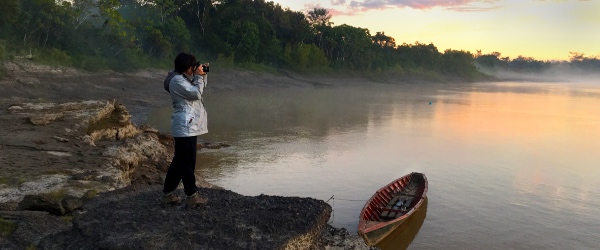
Amazon: Avian & Tropical Ecology
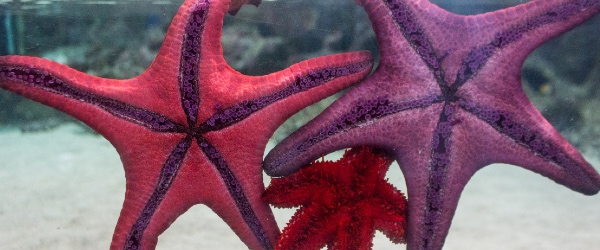
Australia: Great Barrier Reef
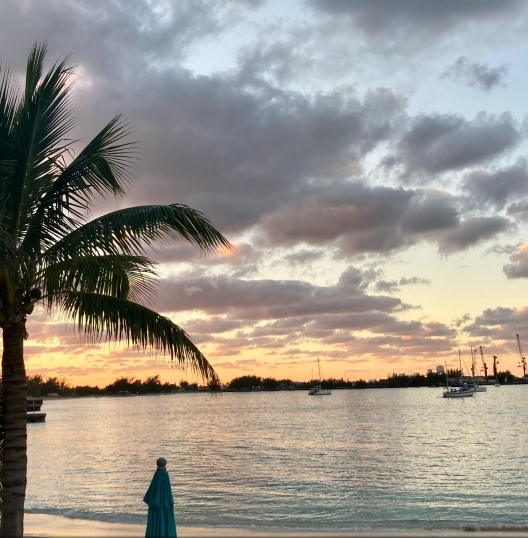
The Bahamas: Cultivating Conservation Networks
Snorkel in biodiverse marine protected areas, explore unique national parks, and gain an understanding of community-driven initiatives by talking directly with local experts at the forefront of conservation.
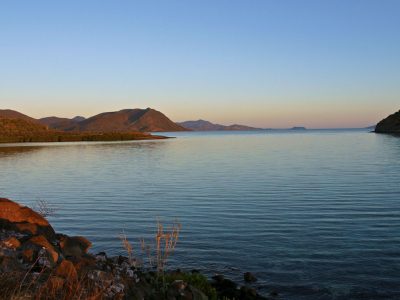
Baja: Field Methods
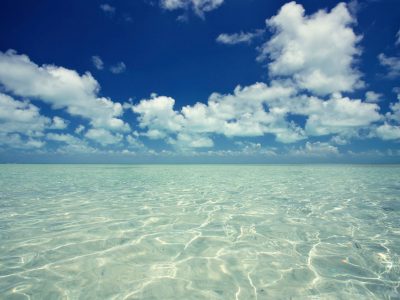
Belize: Approaches to Environmental Stewardship
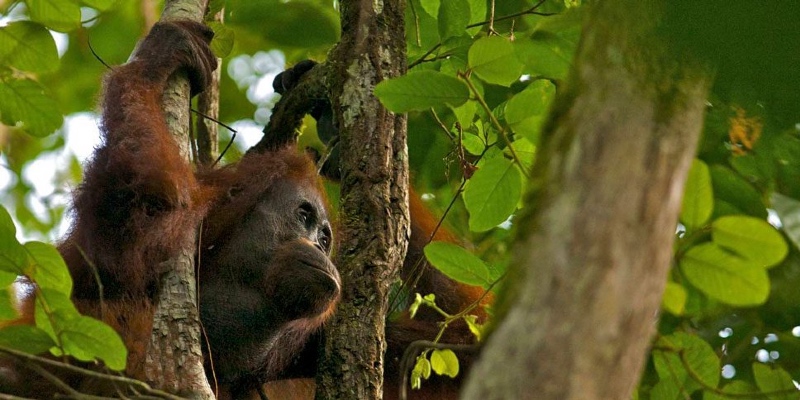
Borneo: Primate Conservation
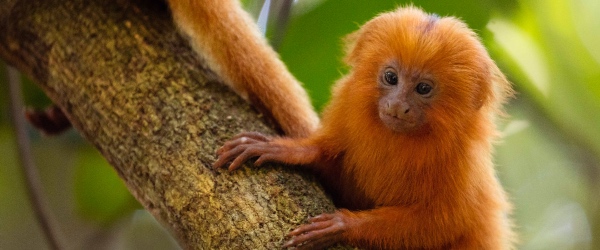
Brazil: Saving Golden Lion Tamarins
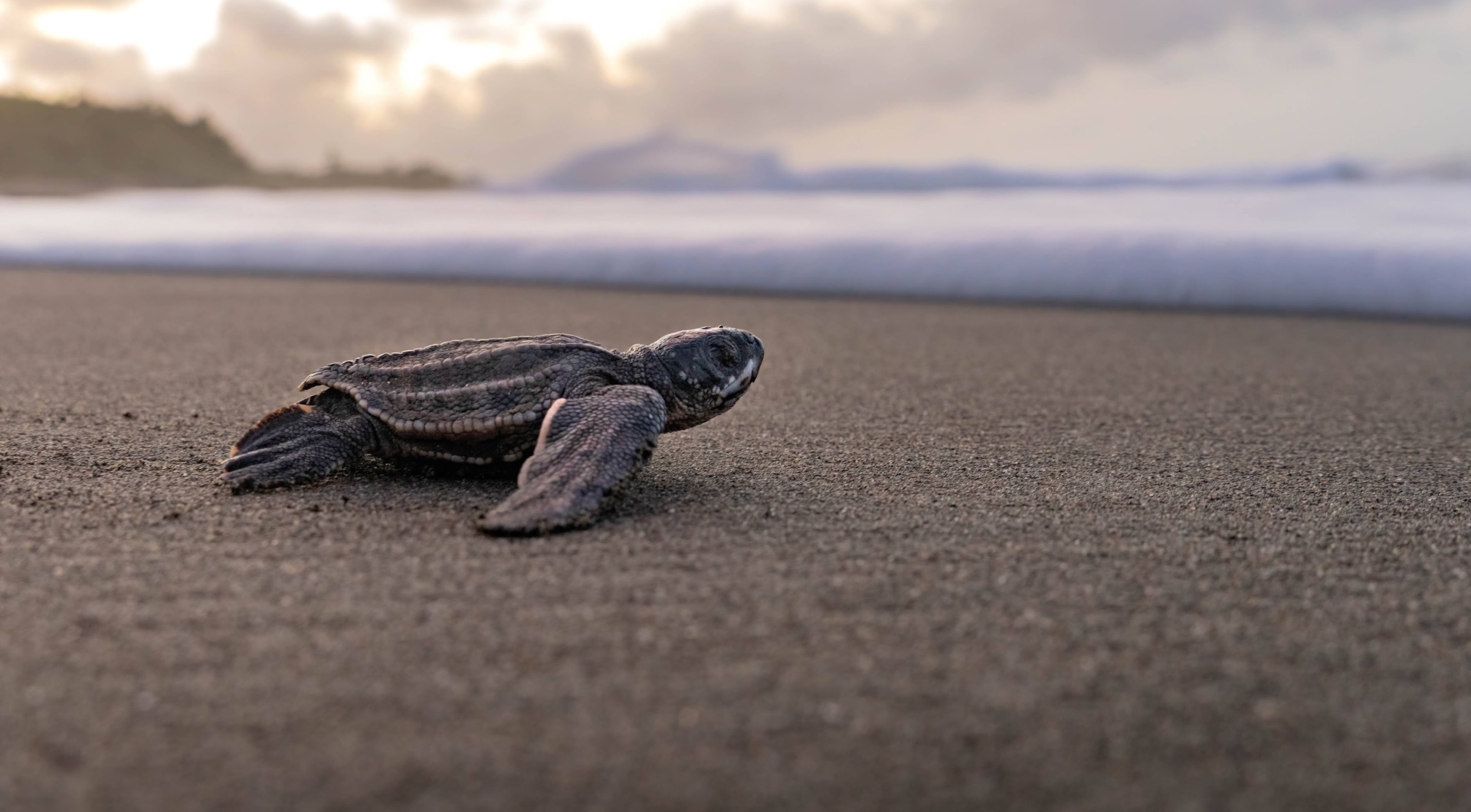
Costa Rica: Ecology & Ecotourism
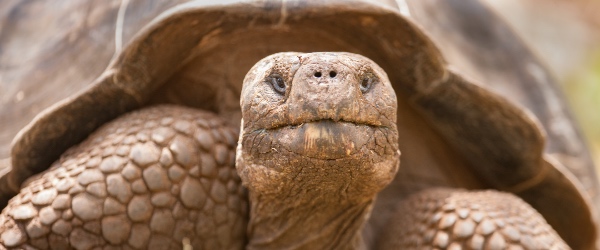
Galápagos: Islands of Change
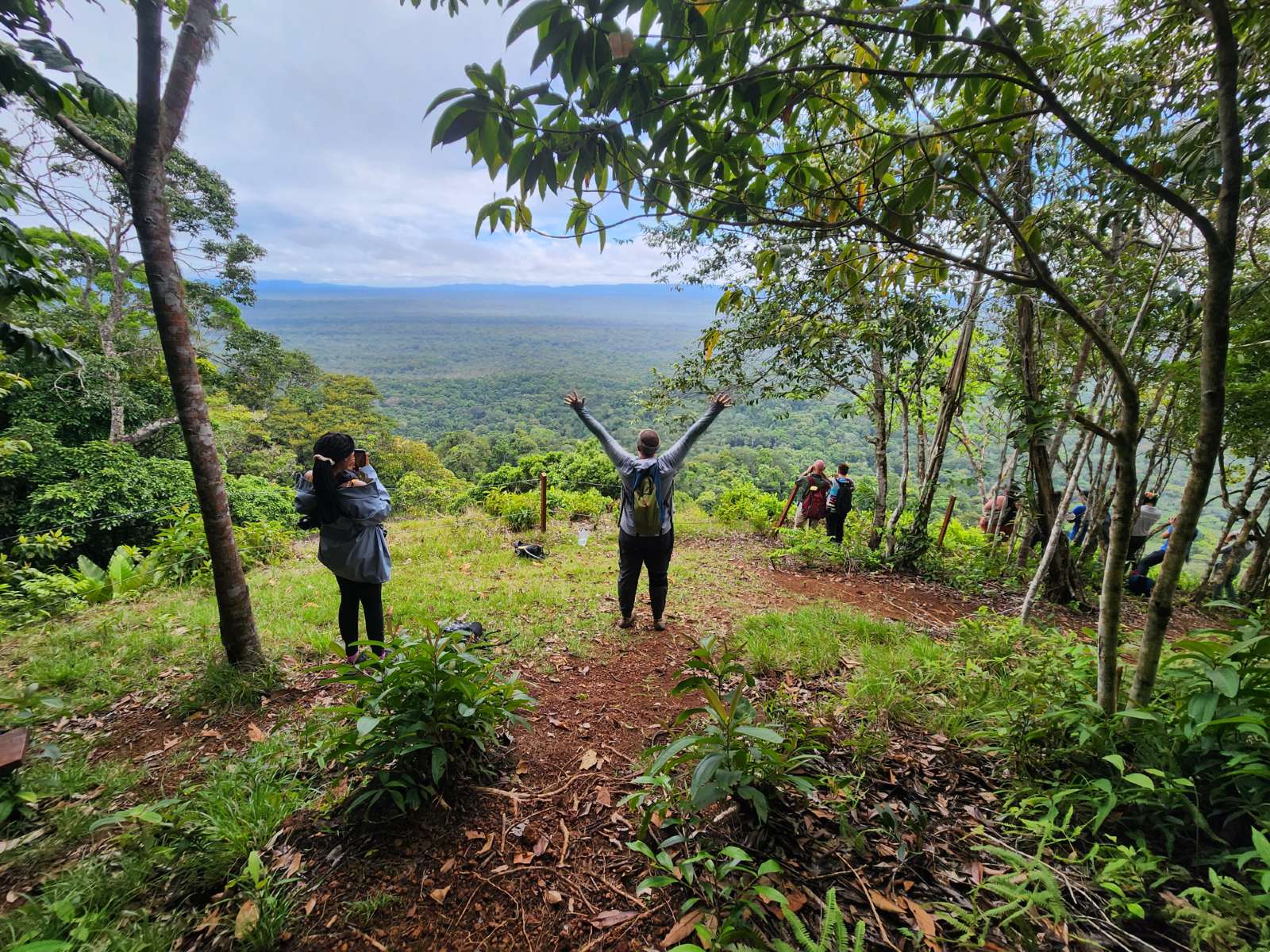
Guyana: Local Wisdom & Conservation
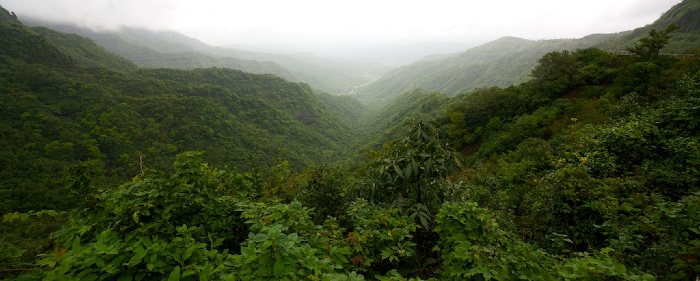
India: Species, Deities & Communities
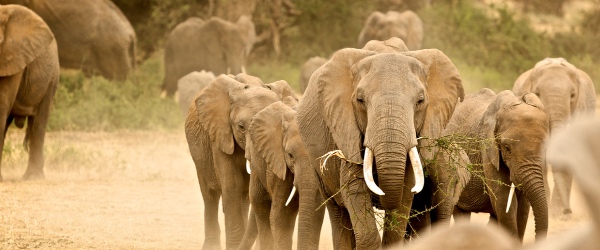
Kenya: Wildlife & People in Integrated Landscapes
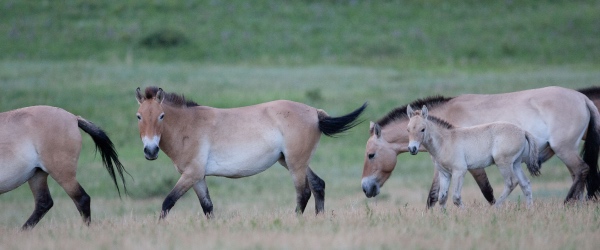
Mongolia: Steppe Ecology & Civic Media
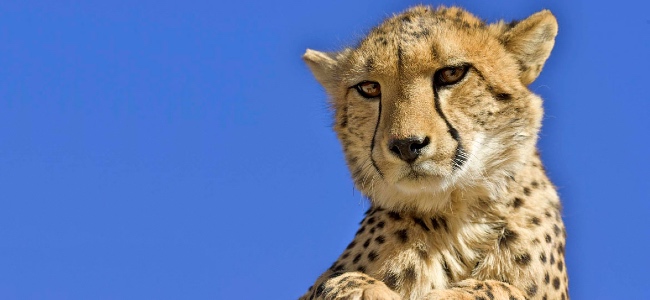
Namibia: Great Cat Conservation
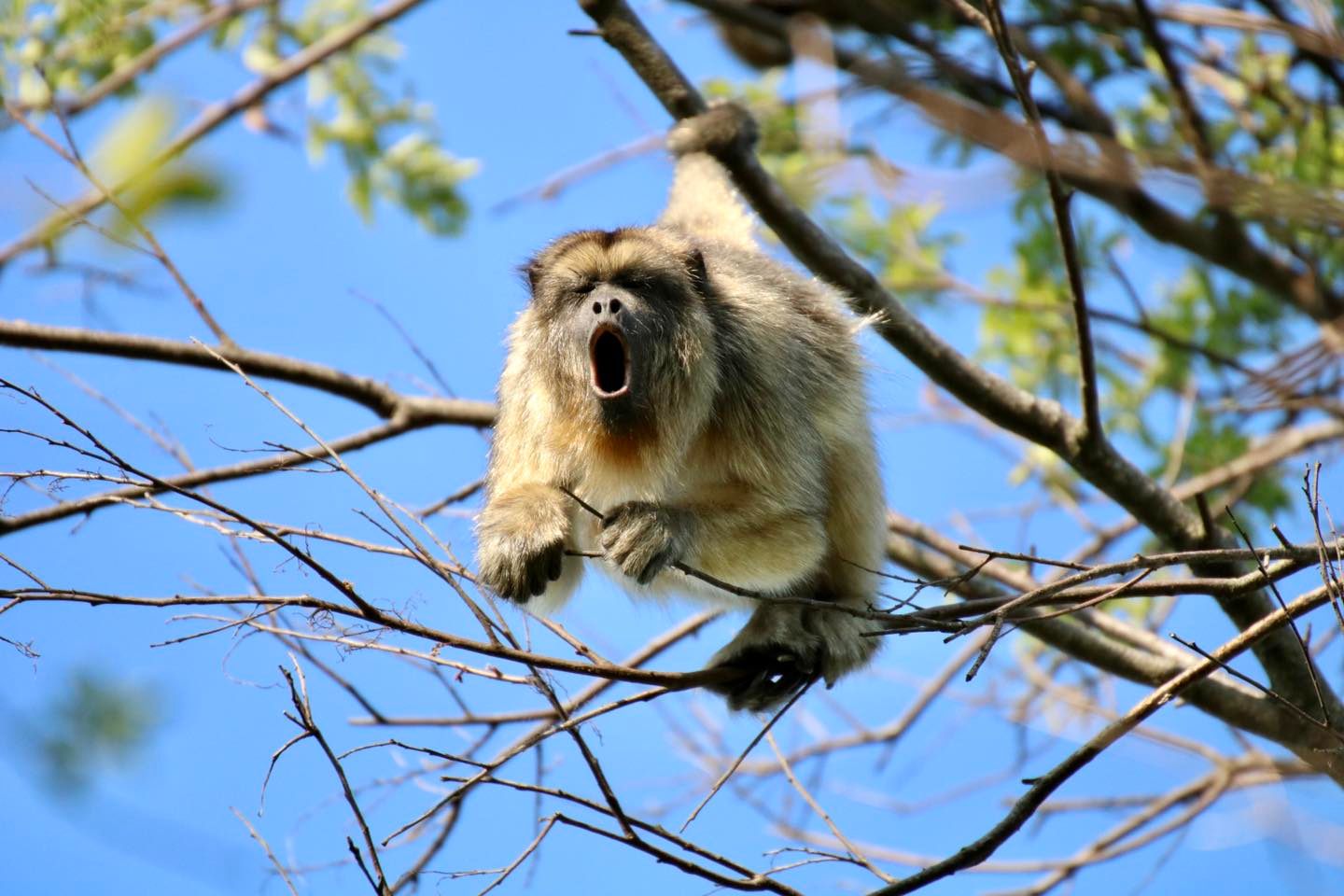
Paraguay: Eco-Leadership
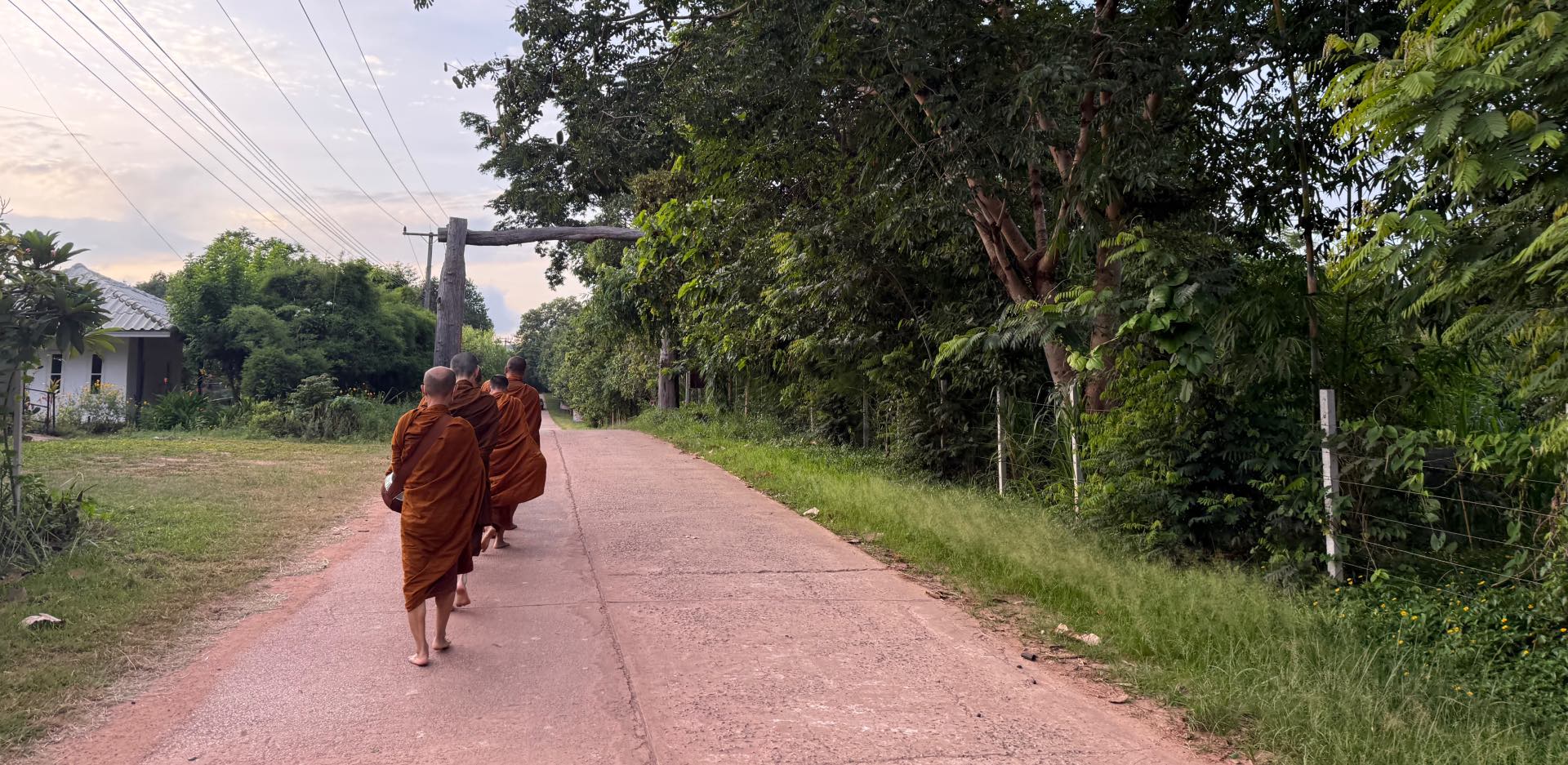
Thailand: Buddhism & Conservation
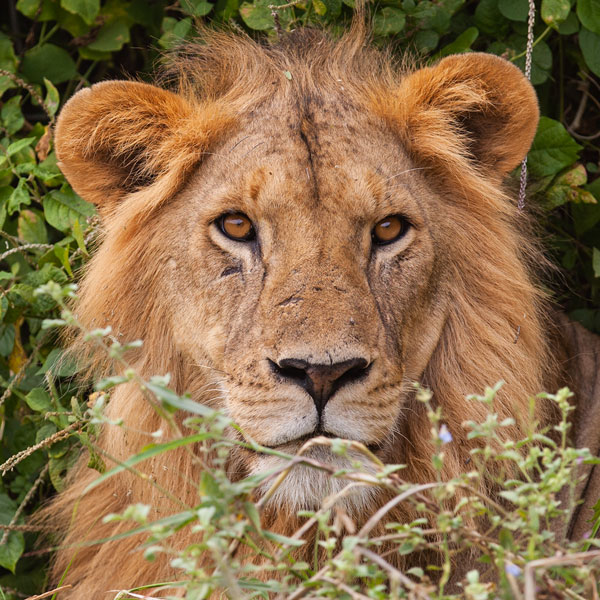
FAQs
